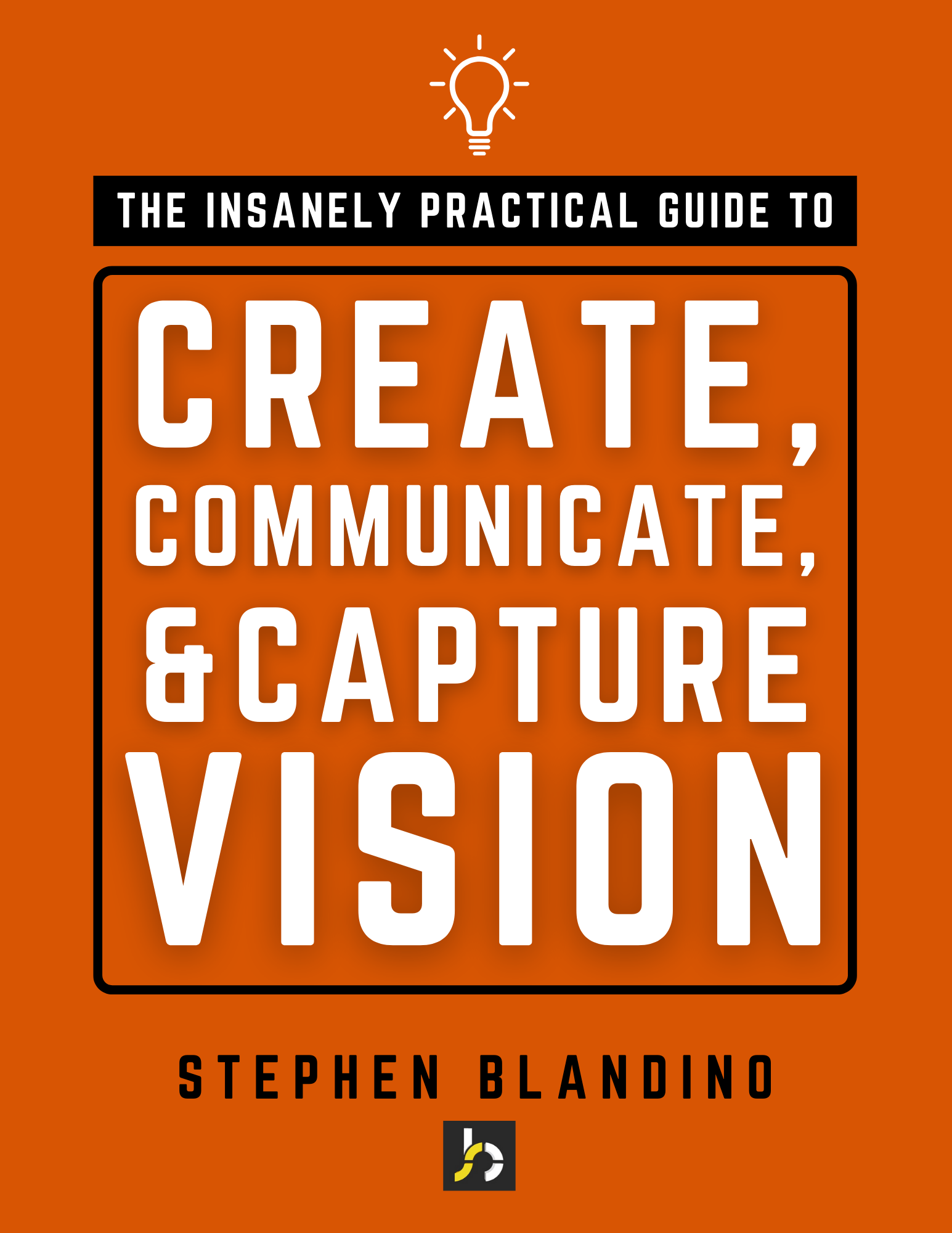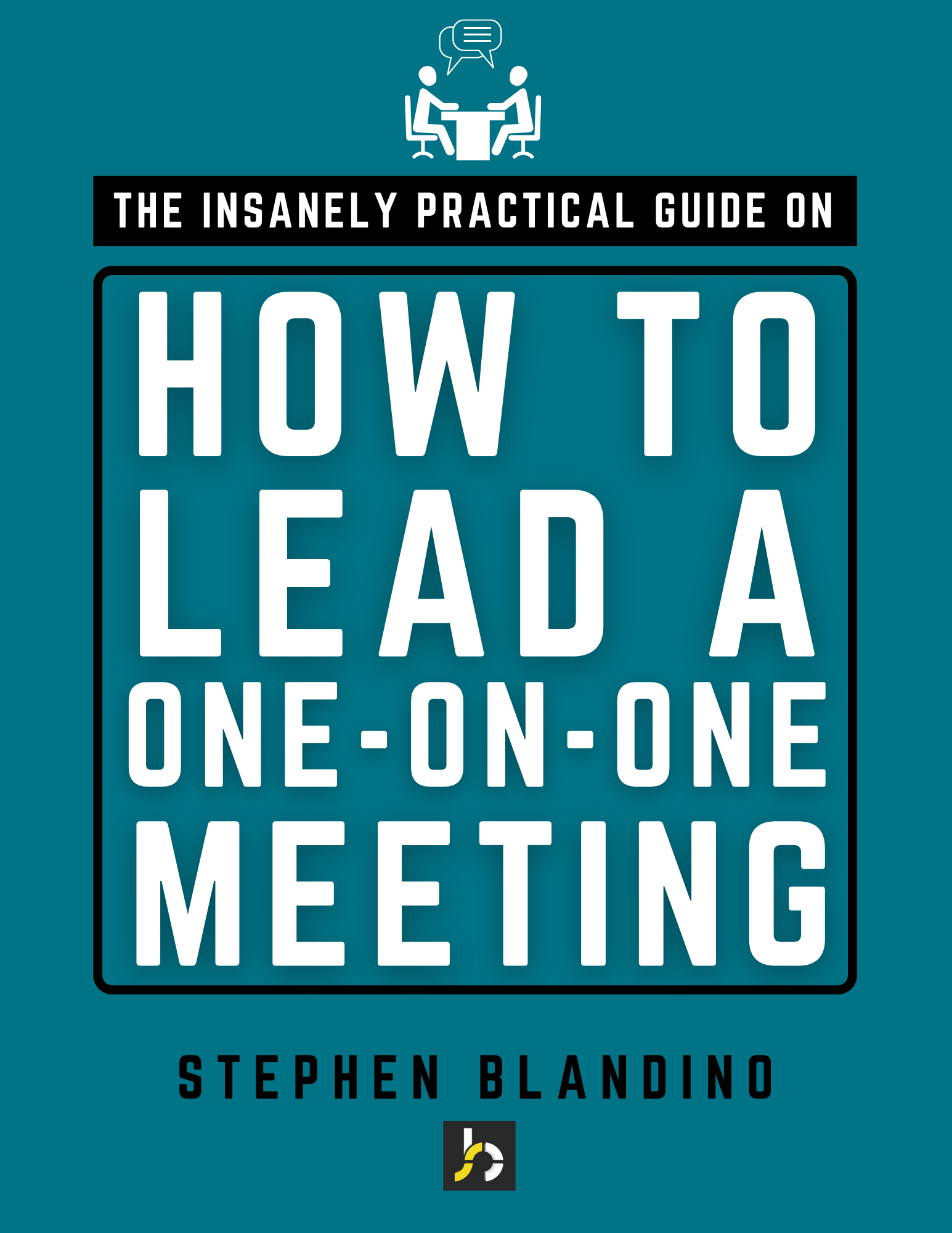Feedback is an essential part of any growth environment. Without it, team members don’t reach their full potential and organizations slip into mediocrity. As my friend Scott Wilson often says, leaders have blind spots, deaf spots, and dumb spots, and the cure is healthy feedback.
Blind spots are those areas you simply don’t see, but others do. Deaf spots have to do with how you come across to others. And dumb spots are areas where you lack knowledge or expertise. Without feedback, you’ll remain blind, deaf, and dumb to these critical areas of your life. But with feedback, growth, health, and progress are possible.
At the same time, feedback isn’t always easy to give. It requires a clear approach that isn’t controlled by assumptions or attacks. From my observations, good feedback has six essential characteristics.
1. Fast
Several years ago, I was at the dentist getting a crown replaced when I heard a member of the office staff talking rather directly to a patient on the phone. As my dentist worked on my teeth, he quietly mumbled something under his breath—too faint for me to hear. Then, after she hung up the phone, he suddenly left the room.
That’s when I realized what was happening. He calmly but directly began to address how she had come across on the phone. It was an obvious deaf spot, and my dentist didn’t waste any time addressing it.
When I thought about it, I realized he was practicing real-time coaching. He didn’t wait six months until it was time for a formal performance review. Instead, he addressed it immediately. That’s the best kind of feedback. It’s fast.
2. Frequent
Good feedback is also frequent. In other words, staff members shouldn’t be left wondering how they are doing on the job. Feedback should be given frequently enough to remove ambiguity and uncertainty.
This doesn’t mean you need to give feedback every day or every week. But feedback should usually be given at four important times: praiseworthy moments, problematic issues, potential coaching, and performance reviews.
During praiseworthy moments, you’re stopping to give feedback on a job well done. During problematic issues, you’re addressing behavior that needs to change or problems that need to be fixed. During potential coaching, you’re giving feedback and mentoring that will help a team member reach their full potential. And during performance reviews, you’re providing an overall review of the team members ability to meet expectations.
3. Factual
As much as possible, feedback should be based on the facts. If you can’t give clear examples or point to specific issues, you may not be ready to provide feedback. If you have a hunch that something is wrong, admit that upfront rather than hurling accusations at the person.
Without factual support for your feedback, you’re likely to spiral into a situation where trust is broken and false assumptions dominate the relationship. Stick to the facts without throwing in exaggerated statements like “always” and “never.”
4. Friendly
While facts deal with content, being friendly deals with delivery. The key to good feedback is to deliver truth in the tone of grace. That doesn’t mean you don’t have hard conversations. It simply means you need to show respect and dignity in the process.
By friendliness, I don’t mean that you’re being buddy-buddy with a team member because you’re too scared to address a difficult issue. Nor am I referring to giving a pass for poor performance and unhealthy behavior. Instead, I’m talking about tone, attitude, and posture.
While feedback should be fast, the leader can’t deliver it when they’re angry, visibly upset, or emotionally volatile. That will only make things worse, and it may permanently damage the relationship. Again, be factualand friendly, truthful and graceful.
5. Focused
Everybody responds to feedback differently. Some people will thank you for it and then immediately get to work addressing any gaps that need to be closed. Others will become angry, defensive, or even blame someone else. Still, others will try to dodge it or delay it, hoping it will magically go away.
Don’t get sucked into drama, dysfunction, or denial. Keep a cool head and stay focused on the issues at hand. If you don’t, they can quickly manipulate the issues to excuse their own bad behavior, or worse, put the blame on you.
Conflict always reveals a person’s level of maturity. Your ability to stay calm and focused will ensure the situation is handled wisely on your part. A leadership coach once told me, “Don’t be afraid of how they might respond; their response is their responsibility.” Address the mess without getting sucked into it.
6. Forward
Feedback that addresses growth gaps should always have the goal of creating forward progress. That’s why the way you deliver the feedback, and how you manage the meeting, is so important. Express belief in the person. Let them know you want what’s best for them and the organization. Then offer coaching and hold them accountable to move forward.
When you take this approach, you make forward progress possible. However, they also must be receptive to the support you’re offering to them. Coaching doesn’t work with someone who’s not coachable.
Make your feedback fast, frequent, factual, friendly, focused, and forward. When you do, you set the feedback encounter up for far greater success. In the end, you’re able to celebrate wins and address blind spots, deaf spots, and dumb spots.








